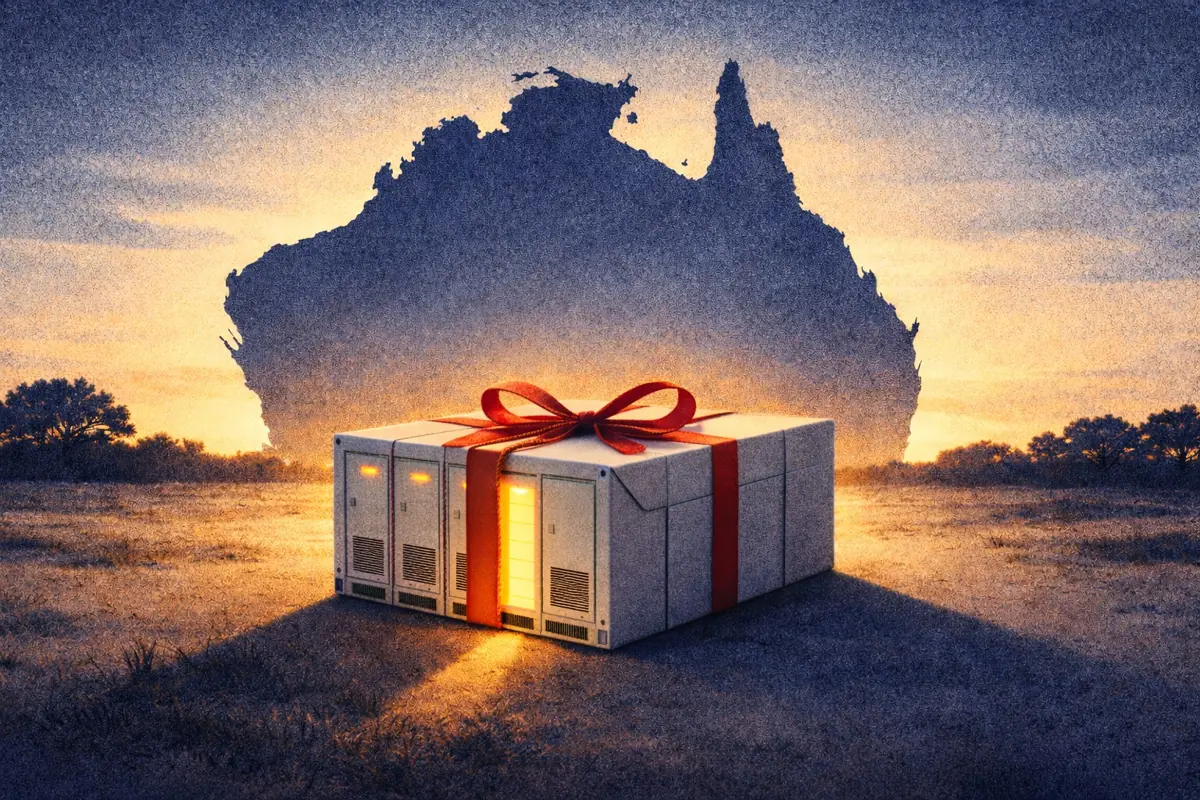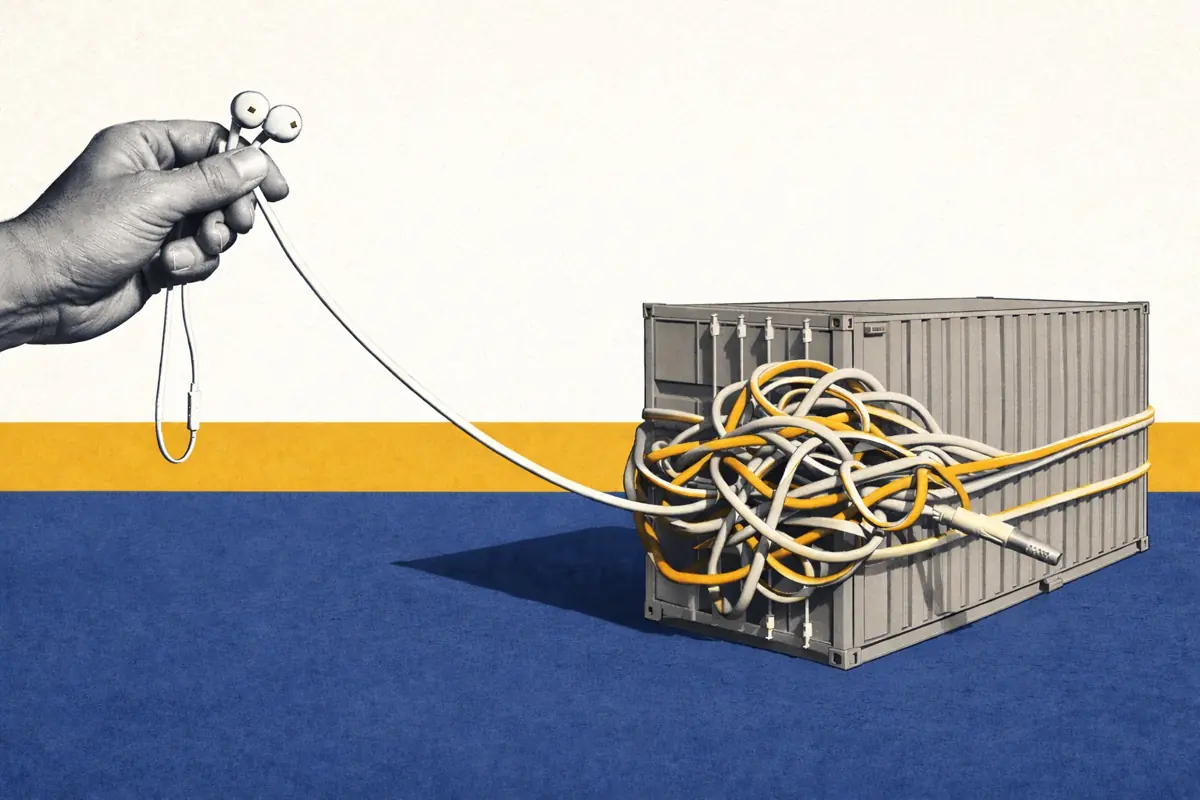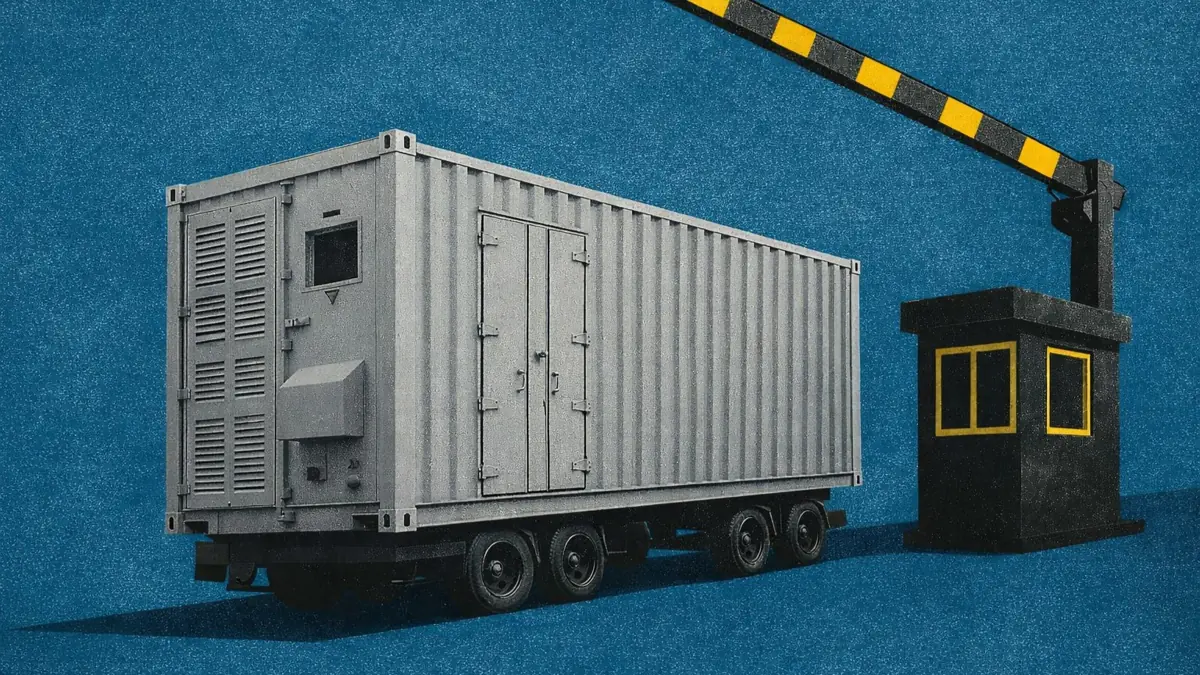Inertia without the spin: How stabilising the grid will support battery revenues in Germany
Inertia without the spin: How stabilising the grid will support battery revenues in Germany
Batteries aren’t just providing arbitrage or reserves anymore - they’re becoming core infrastructure that prevents frequency collapse when the system is under stress.
Germany’s new market-based inertia product formalises that value: if a battery stays available to cushion frequency swings, it can earn a fixed annual payment of about €20k/MW/yr on top of market revenues.
This article explains how the scheme works and how operators can monetise this new role without sacrificing their core revenue streams.
For any further information on this topic, reach out to the author - till@modoenergy.com
1. What is inertia, and why is the need for it becoming urgent?
As Germany's fleet of spinning generators retires, the grid faces a growing stability problem. Inertia - the physical property where the kinetic energy of rotating masses cushions frequency changes, measured in Megawatt-seconds (MWs) - is disappearing.
If a generator, interconnector, or load unit trips, the initial rate of change of frequency (RoCoF) is slower in a high-inertia grid. This buys time for frequency response services (FCR, aFRR and mFRR) to respond.
In a low-inertia grid, frequency events become sharper and faster, forcing generators and load units to disconnect to protect their equipment when the RoCoF exceeds 1 Hz/s.
Grid-forming inverters can now emulate the physics of rotational inertia in about one millisecond. They inject or absorb power that cushions frequency changes in a nearly identical way as synchronous machines, without needing to burn fuel.
This capability is becoming strategically important across Europe. And Germany is one of the first to put a market-based value on it.
From 2026, TSOs will procure inertia through a fixed-price, availability-only product. Batteries need a grid-forming inverter to participate, which represents up to a 5% increase in CapEx, but receive a revenue uplift of €8-17k/MW/year.
2. How big is the opportunity, and where will inertia be needed?
Germany's inertia requirement translates to roughly 30 GW of batteries in 2027. That figure climbs to 72 GW by 2037. Other generators and load units can also bid, but the TSOs expect batteries to provide the largest share.
The tender splits inertia into two products: positive (where the inverter provides extra power to raise frequency) and negative (reducing power to lower frequency). Batteries can provide both simultaneously, with only minimal energy requirements.
A locational revenue signal for batteries?
According to the new product, TSOs can reject bids once the determined need in a grid region is met. This would make inertia one of the few revenue-side locational signals for BESS in Germany, in a market where energy and ancillary prices have so far been uniform nationwide.
But the TSOs have emphasised that the priority is to broaden the total pool of eligible assets rather than reject bids purely based on geography. And prices are the same across the country, so that batteries across Germany are encouraged to install inertia capabilities.
The biggest inertia opportunities:
- Northwest Germany, where DC lines from offshore wind inject power (low natural inertia).
- Northern Bavaria, higher solar concentration, and near the system-split fault line (see below), which increases inertia needs in major power market events.
- Low need for additional inertia in North Rhine-Westphalia and northern Baden-Württemberg (west and central Germany), where many conventional power plants operate.
3. How will pricing work?
Inertia contracts pay a fixed rate for availability, but only if the asset meets minimum availability thresholds.
- Prices have been determined by expert judgement and published in early November.
- Availability is everything: Payments depend solely on availability, measured across all 15-minute intervals at the end of the year; energy delivery or activation data isn't collected.
- All-or-nothing compliance: If you fall below the threshold, you lose the full year’s payment. Payment proportionally rises with increasing availability.
- Two separate products: premium (minimum 90% availability), or basic (30-90% availability). Batteries are eligible for both, but only the premium product promises a material revenue uplift.
4. Operational implications - and why your inverter matters
Inertia barely impacts a battery's state of charge. The energy requirement is tiny (0.035% of a 1-hour battery to count as available).
The challenge: . To provide 1 MWs of inertia, a battery must leave 0.08 MW of inverter capacity available. Availability is checked after the fact across the calendar year: TSOs review every 15-minute period and determine whether enough headroom was present.
Already a subscriber?
Log in







